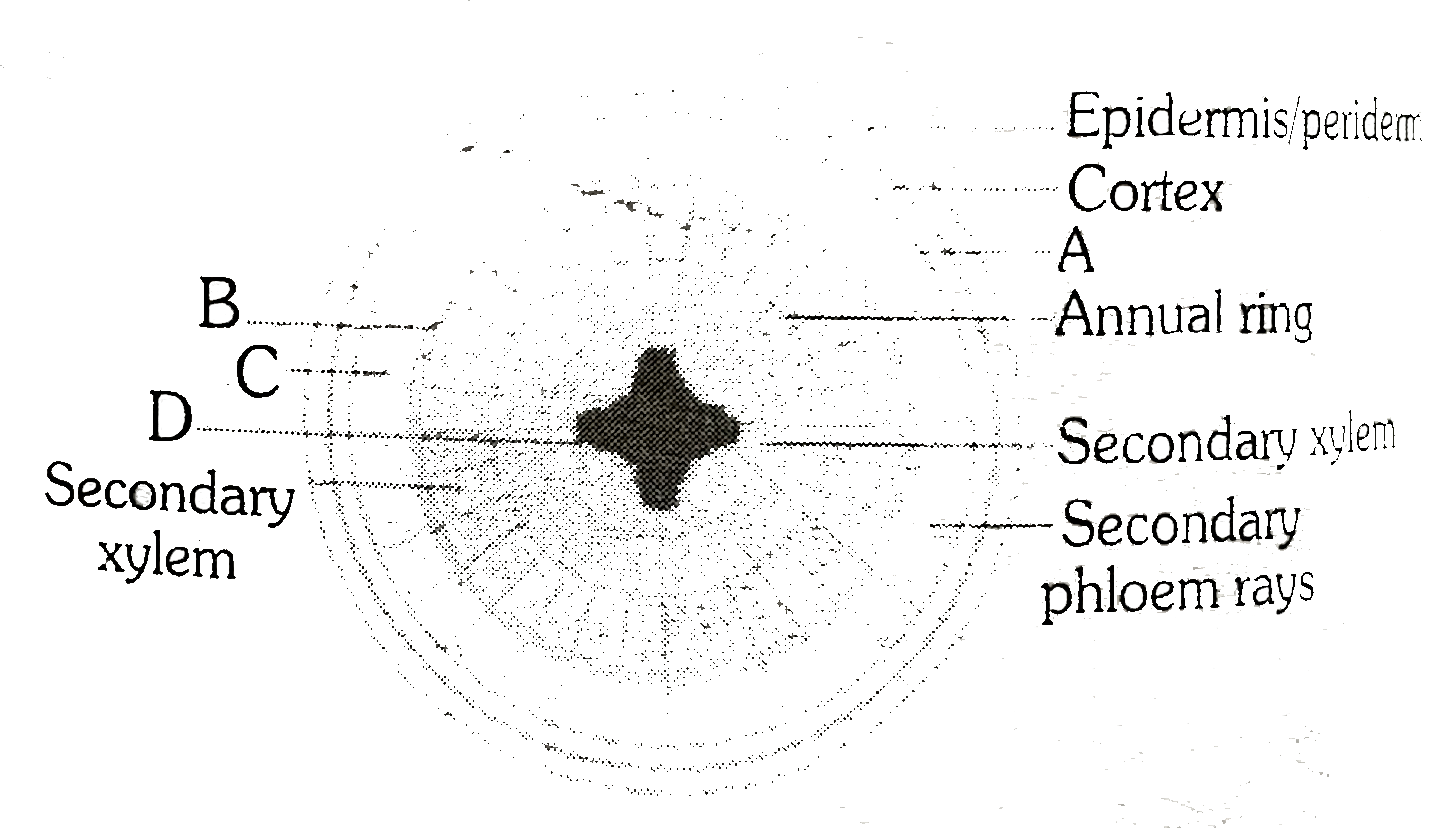“Prozone phenomenon” is encountered in a. A typical mycobacteria b. Brucella c. Streptococcus d. Bordetella pertusis
“Prozone phenomenon” is encountered in Brucella.
Related Solutions
Assertion : Pertussis is caused by a bacteria bordetella pertusis. Reason : Pertussis is also called whooping cough.
View SolutionClimacteric rise is a phenomenon encountered in respiration of
View SolutionBordetella pertussis causes
View SolutionBordetella pertussis causes
View SolutionBordetella pertussis causes
View SolutionSelect the mismatched pair.
(a) Rhizobium - Alfalfa
(b) Streptococcus - Statins
(c) Frankia - Alnus
(d) Trichoderma - Cyclosporin-A
View SolutionChain of rod shaped bacteria is
(a) Streptococcus
(b) Streptobacillus
(c) Staphylococcus
(d) Staphylobacillus
View Solutionwhich of the following is responsible for yoghurt formation ? (a) Streptococcus thermophilus (b) Lactobacillus acidophilus (c ) Lactobacillus bulgaricus (D )Streptoocous cremoris
View SolutionA free-living bacterium capable of fixing nitrogen is: (a) Rhizobium (b) Streptococcus (c) Pseudomonas (d) Azotobacter
View SolutionWhich of the following is responsible for yoghurt formation ?
(a) Streptococcus thermophilus
(b) Lactobacillus acidophilus
(c) Lactobacillus bulgaricus
(D )Streptoocous cremoris
View SolutionName the following:
The vaccine used to cure pertusis
View SolutionA typical angiospermic anther is (a) Bilobede (b) Dithecous (c) Tetragonal (d) Tetrasporangiate
View SolutionDiagram of a typical biogas plant is given below. Identify B,C and D:

View SolutionIdentify correctly the labels a, b, c and d in the figure of typical flower .
View SolutionIdentify correctly the labels a, b, c and d in the figure of typical flower .
View SolutionIdentify correctly the labels a, b, c and d in the figure of typical flower.
View SolutionIdentify correctly the labels a, b, c and d in the figure of typical flower.
View SolutionThe following figure is old typical dicot root, Identify A, B, C and D

View SolutionPrimary response which is of _____(A) _______ intensity. Subsequent encounter with the same pathogen elicit a ______(B) ______intensified______(C)______response, which is based on _____(D)______
View SolutionPrimary response which is of _____(A) _______ intensity. Subsequent encounter with the same pathogen elicit a ______(B) ______intensified______(C)______response, which is based on _____(D)______
View Solution